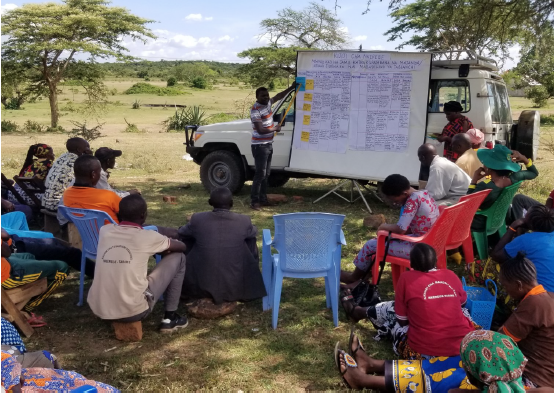CISTI AT SAT: A CURRICULUM REVIEW
Have you ever wondered how a particular curriculum came to existence or how the module went through? Yes, it is a process. A process of collecting data so as a goal can be drafted and a gathering of various potential people to see the goal through and this case a Curriculum for Agricultural Colleges.
SAT, Sustainable Agriculture Tanzania. A non-profit organization that spreads the word and practices of sustainable agriculture in Tanzania. Based in Morogoro, they bear the flagship of organic farming and have they farmers trained to adopt the organic farming practices, while helping these farmers place into market the produce they come up with after the harvest.

Sustainable Agriculture Tanzania in collaboration with, 4 experts from Ministry of Agriculture, 2 from NACTE and 36 from agricultural colleges through the CISTI Project have gathered at the FTC in Vianzi, to see through the accomplishment of their common goal, an update of the current curriculum.
Arriving at Vianzi on October the 14th ,the experts went through the comments and information gathered from the practitioners and experts in the agricultural field, based on the demands of the skill set and how these skills are supplied to establish a rapport on how to go through with the whole process of reviewing the curriculum.
A team play in smaller panels and sometimes as one large group, came up with learning outcomes, supporting outcomes and sub supporting outcomes. The sub supporting outcomes are then merged to come up with the modules which are a core of this review.

Looking forward to the curriculum update, these experts would skillfully match the skill set extracted from the modules created to the demand of the job market. In which they would have catered for the skill set that lacked when the old curriculum was used and will have help achieve 50% of the knowledge expansion in the organic agriculture and its practices.
The review of this curriculum is taken as a high-end process that would bring remarkable changes in the agricultural sector in terms of the education provided to the devotees of agriculture and the practical skills instilled in them and having these skills earned cater for the demands in the agricultural field, cooperatives and gender related issues, while securing income and alleviating food insecurity.

The future of agricultural education looks brighter, thanks to the efforts invested by SAT and the CISTI which are funded by Liechtensteinischer Entwicklungsdienst (LED) by 2022 more than 9000 agricultural devotees are expected to be no longer tied up to the outdated practices in the current and modern world.








